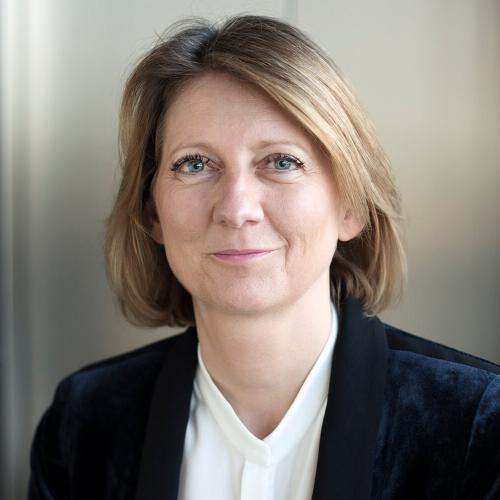Can you get a decent return on your savings?
Although interest rates on savings accounts are starting to go up again, it makes sense to look at other ways of growing the money in your bank account. Danielle Goedert and Franck Heinen from Banque de Luxembourg consider the landscape in the Luxemburger Wort newspaper on 25 November.
To combat inflation, the president of the European Central Bank (ECB), Christine Lagarde, has announced three successive increases in its key rates since July. With a few weeks' lag, these measures are now starting to have an impact on the rates that banks pay as interest on savings. “We are seeing a paradigm shift," says Franck Heinen, Head of Treasury at Banque de Luxembourg. “The ECB's key interest rates had been negative for a long time. So it cost the banks money to hold cash, which translated into zero or, at some banks, even negative returns on clients' savings. Although the ECB's initial upticks were not directly reflected in the interest rates that banks pay on savings accounts, these are now starting to rise.”
When money loses value
When considering the return you get on savings, it is important to take inflation into account. “Over the past 10 years, with zero returns on savings and average inflation running at around 2%, savers who kept cash in a current or savings account have lost money," says Danielle Goedert, Head of Sales, Private Banking, at Banque de Luxembourg. “In most cases, clients aren’t aware of this loss. If they have 100,000 euros in their account, that 100,000 euros will still be there after 10 years. Although the capital amount may not have changed, the client’s purchasing power will have fallen by around 20%. For example, that cup of coffee that used to cost 2.50 euros will probably cost 3 euros today.” Needless to say, the recent phenomenal surge in inflation has had an even more devastating effect on purchasing power.
Faced with this indisputable fact, we should all take a moment to consider the real return on our savings. Interest rates on demand deposit accounts never offset the effects of inflation. So, in practice, every euro you deposit in a savings account inexorably loses value. "One way to get a better return is to opt for a term deposit. This is generally better remunerated than a demand deposit because the regulations governing the banks’ management of their liquidity risk are less onerous for term deposits. By choosing to lock their money in for a set period (e.g. 3 or 6 months), clients can get a much more attractive return than from a savings account," explains Franck Heinen.
Focus on long-term investment
To take a fresh look at the return on your savings, you need to have a good understanding of your financial situation and your needs, both in the short and longer term. "The first step is to determine how much of your savings you need to keep available to deal with unforeseen events and pay bills. Then you can define how much of the remainder can be invested for the longer term," advises Danielle Goedert. “There are different ways of doing this and every client is different. Our role as a banker is to ask them the right questions and give them a personalised answer. Long-term investment solutions take into account the client's plans and timescales, whether they are planning to buy a property, finance their children's education or prepare for their future pension. To grow your savings, and not just cancel out the effects of inflation, it may be necessary to accept a little more volatility risk. Constructing a mixed portfolio, composed of shares, bonds, cash and gold, is still the best way to maintain your purchasing power in the long term.” With the hope of a real capital gain.
The ECB's three key interest rates
When we talk about the European Central Bank’s key interest rates, there are in fact three different rates. "The rate that Christine Lagarde generally cites, currently standing at 2%, is the main refinancing operations (MRO) rate. This is the rate which provides the bulk of the liquidity in the banking system for the medium or long term. Then there is the deposit facility rate, currently 1.5%. This is the rate at which a bank is remunerated for depositing its surplus cash and for its reserve requirement at the ECB. The third rate is the marginal lending facility rate, currently 2.25%. This is the rate at which banks can borrow from the central bank when they themselves need credit," explains Franck Heinen.
Article written by journalist Michael Pfeiffer.



